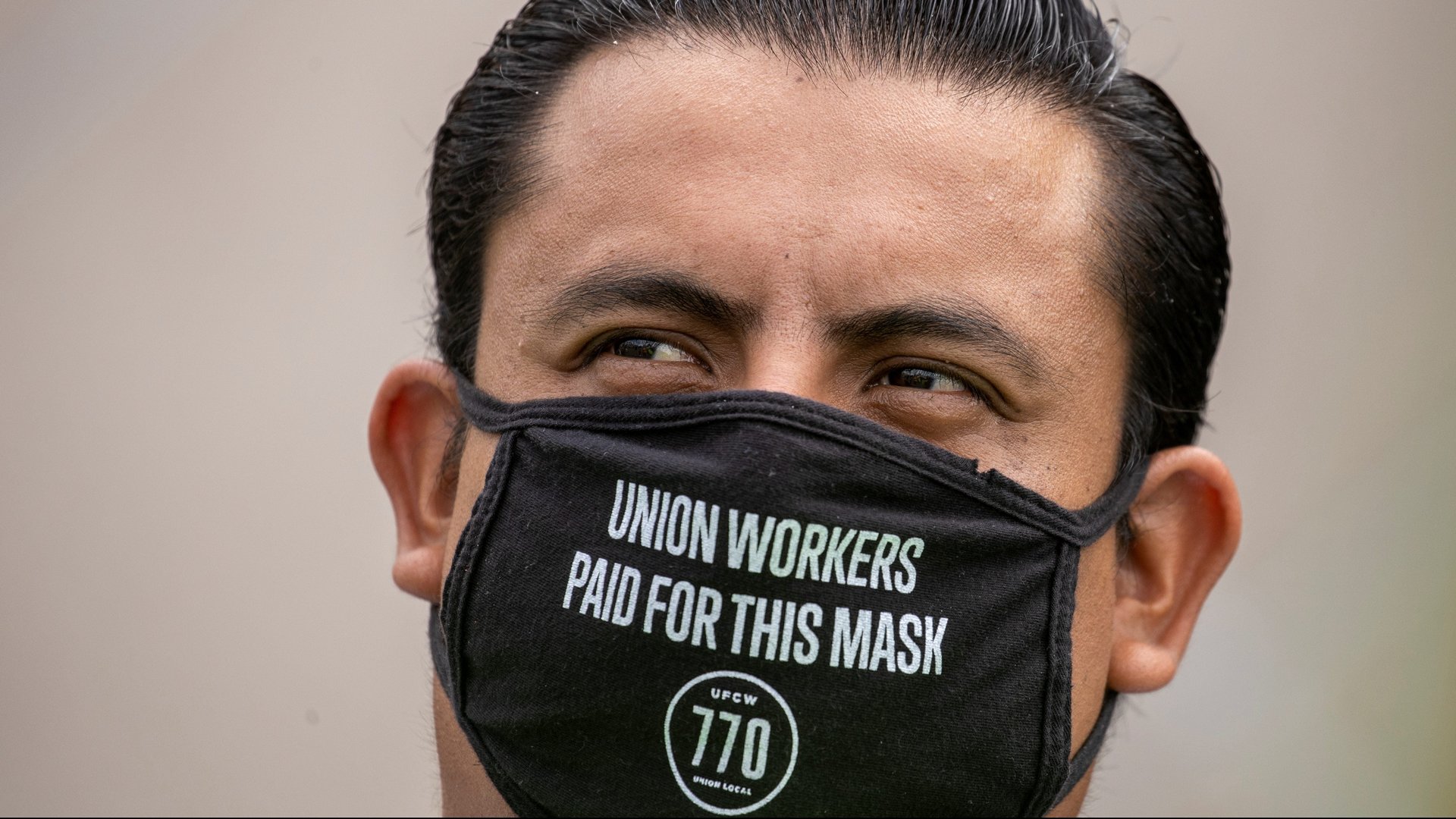Why an increase in US unionization isn’t a good sign
Worker unionization in the US rose to a four-year high at the end of 2020, but the statistic comes with an asterisk. While the percentage of unionized workers rose, there was a decline in the total number of US employees represented by unions, which fell by 321,000 last year.


Worker unionization in the US rose to a four-year high at the end of 2020, but the statistic comes with an asterisk. While the percentage of unionized workers rose, there was a decline in the total number of US employees represented by unions, which fell by 321,000 last year.
The unionization rate in the US rose from 10.3% in 2019 to 10.8% in 2020, according to the latest data from the US Bureau of Labor Statistics. Even with the decline in total number of workers with union membership, the percentage in 2020 is higher than 2016 because a much larger number of non-union workers, 9.5 million, were also laid off last year. In 2020, public sector workers were much more likely to belong to or be represented by unions (34.8%) compared to the private sector (6.3%) and often include teachers, librarians, police officers, and clerical workers. However, even excluding government employees, the unionization rate in the US rose from 5.58% to 5.66%.
The rising rate of unionization in the US amidst overall job losses among both unionized and non-unionized positions is consistent with the seemingly contradictory labor statistics of 2020 due to the Covid-19 pandemic. In some cases, economic indicators can go up, even with negative shifts in a population, because the remaining pool of people has more positive circumstances. Another example last year was the “illusion of wage growth” in average weekly earnings in the US due to the high number of layoffs among low-wage occupations and industries, which led to an increase in the average wages of those still employed, according to the Federal Reserve Bank of San Francisco.
Even with the unionization rate increase in 2020, overall union membership in the US is currently much lower than what it was in 1983, the first year for which comparable union data are available, when the rate was 20.1% and there were 17.7 million union workers. Unionization can make a high difference in earnings too: Along with lower rates of layoffs in 2020, full-time unionized workers earned a median of $1,144 weekly, while non-unionized workers earned a median of $958 weekly.